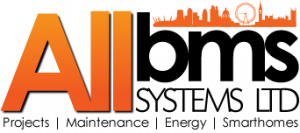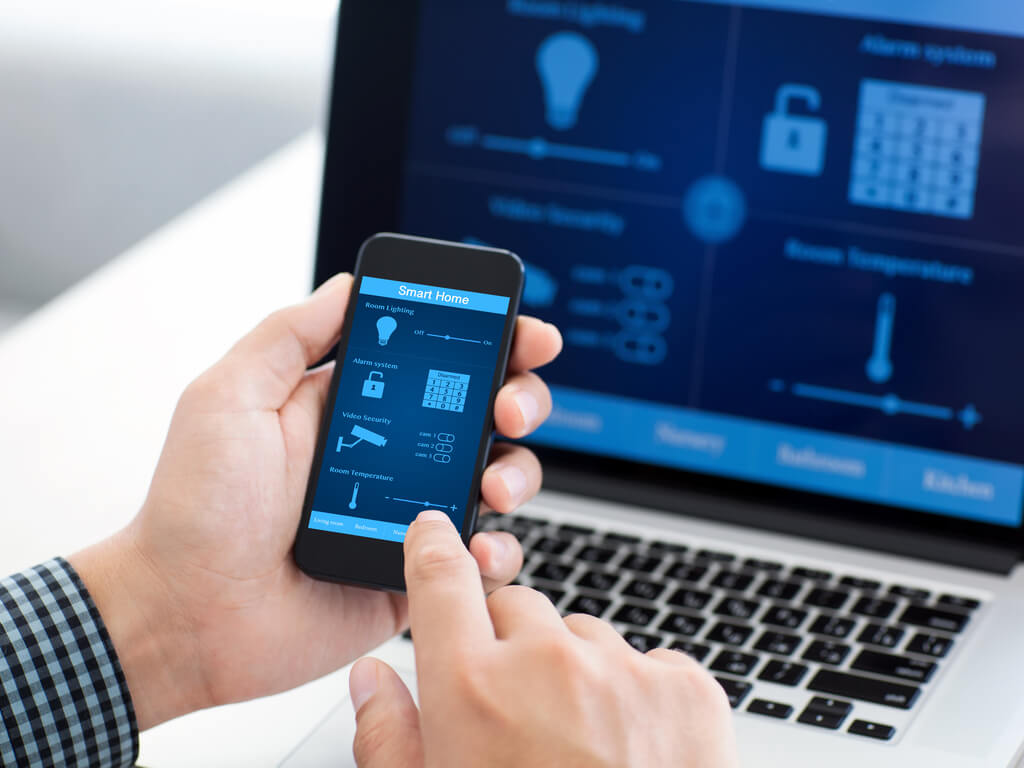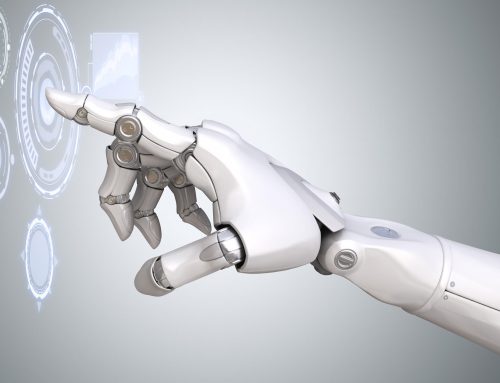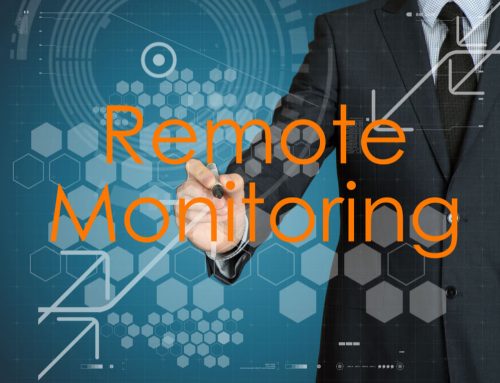Monitoring doesn’t have to have negative associations
In school, you may have had members of your peer group classed as “monitors”. As ana duly, you may have had monitoring as part of your workplace evaluations or appraisals. It does, as a word, also have some negative connotations with covert operations. Clandestine watching of employees. Which, no doubt, can be the case.
Monitoring in our view though is a positive thing. It protects your workplace, equipment and staff from events that could be costly and dangerous.
We’ve all seen the way primary and secondary schools have toughened up premises security, following the tragedy of Dunblane Primary School where Thomas Hamilton ran amok, killing children and staff with easy access to classrooms and the grounds. None of us would argue that security in schools or hospitals or premises is unnecessary when you read about those tragic events.
Remote monitoring is something we specialise in at All BMS. By remote, we mean that you don’t need staff glued to a monitor, watching for movements. It’s all smart technology that alerts a team remotely.
We’ve seen the growth of monitoring equipment at home. At its most basic, 20 years ago, as a parent of a new born baby, you’d have a listening device propped next to a Moses Basket or cot to listen to your baby during the day and night.
You may have far more sophisticated systems now to safeguard your baby, home and business.
There’s smart doorbells with video capability and two way microphones. CCTV can be placed discreetly above a door or on a drive to monitor movements around your prized cars.
The workplace has become increasingly sophisticated too with remote monitoring or the IoT.
Remote monitoring and maintenance goes beyond the simple examples we’ve shared to include:
the process of supervising and controlling IT systems (such as network devices, desktops, servers and mobile devices) by means of locally installed agents that can be accessed by a management service provider.
Functions include the ability to:
- install new or updated software remotely (including patches, updates and configuration changes
- detect new devices and automatically install the RMM agent and configure the device
- observe the behaviour of the managed device and software for performance and diagnostic tasks
- perform alerting and provide reports and dashboards
Traditionally this function has been done on site at a company but many MSPs are performing this function remotely using integrated SaaS platforms.
So the next time you hear the word “monitoring” don’t immediately think of negative connotations, as its use can be incredibly positive. We’ve all seen during the pandemic the advantages of “remote” working – now it’s time to see “remote monitoring” as a benefit for businesses, IT systems and the like.
If you need any more advice or support on Building Management Systems, contact our expert team at All BMS today.






